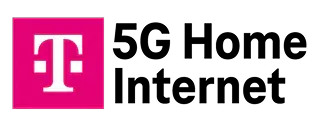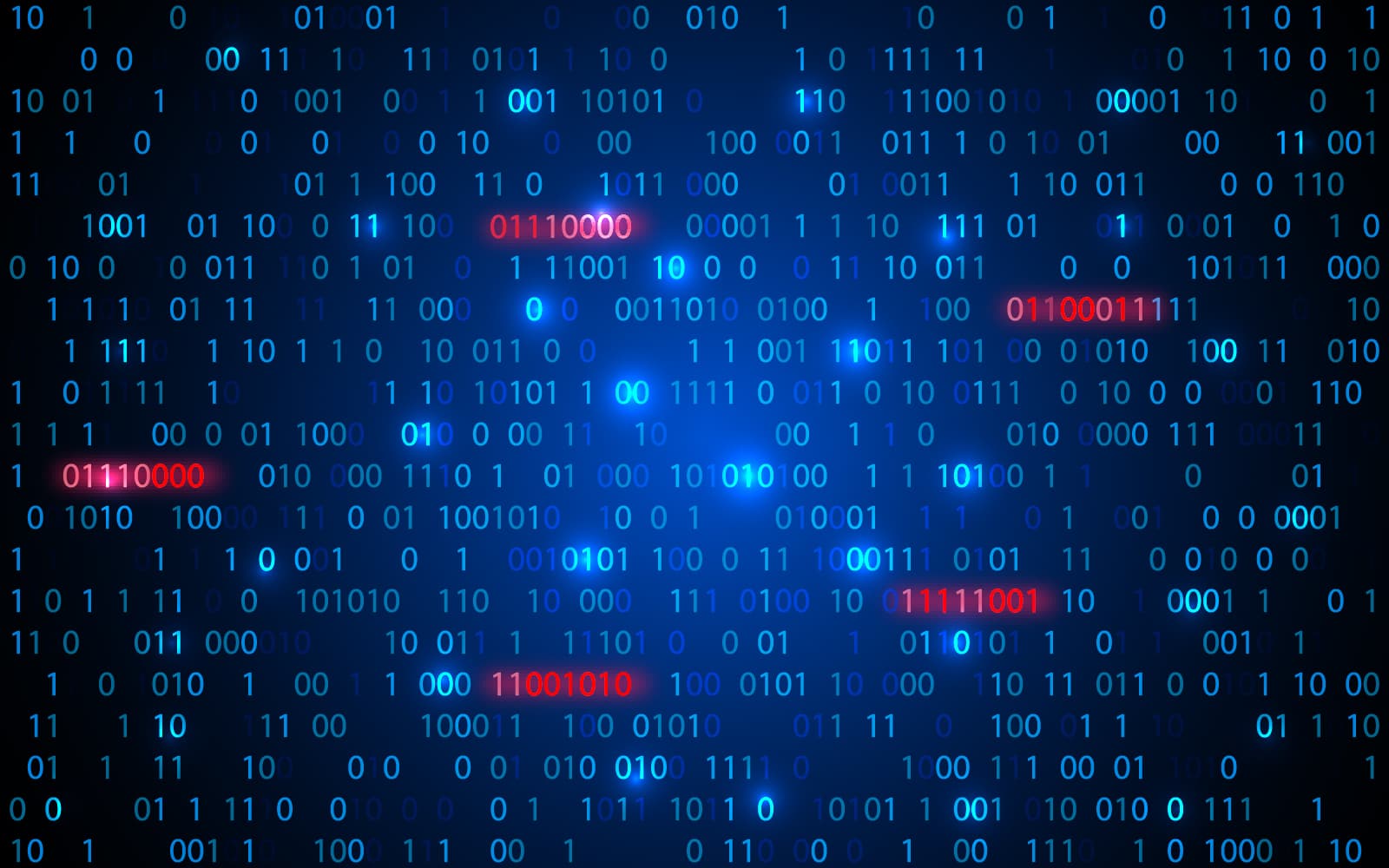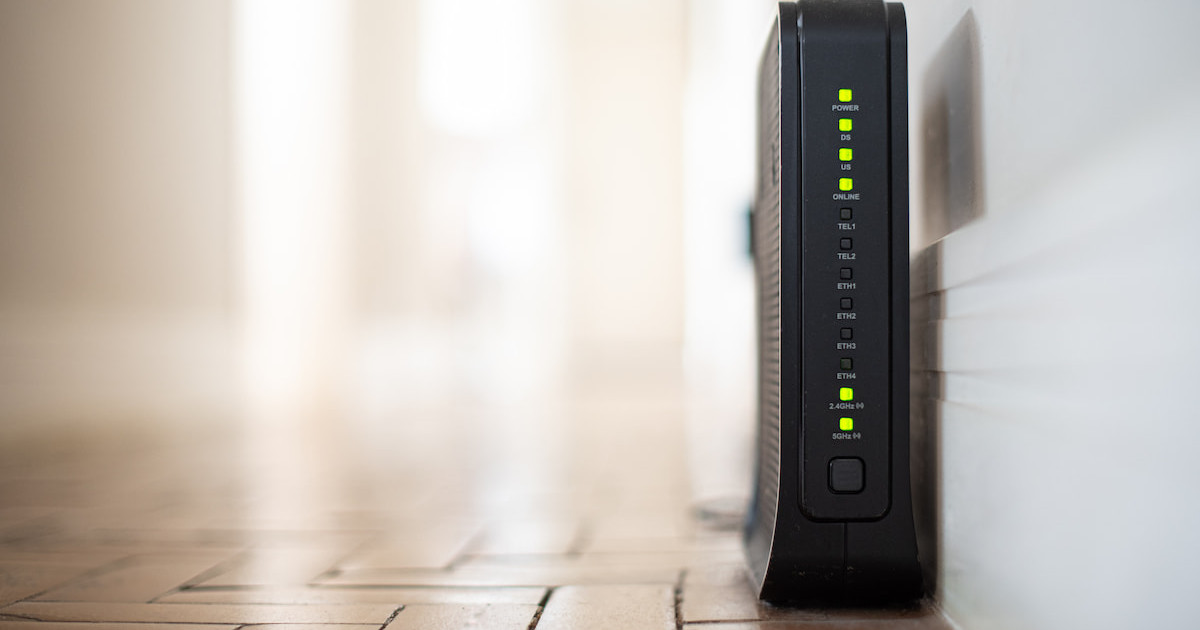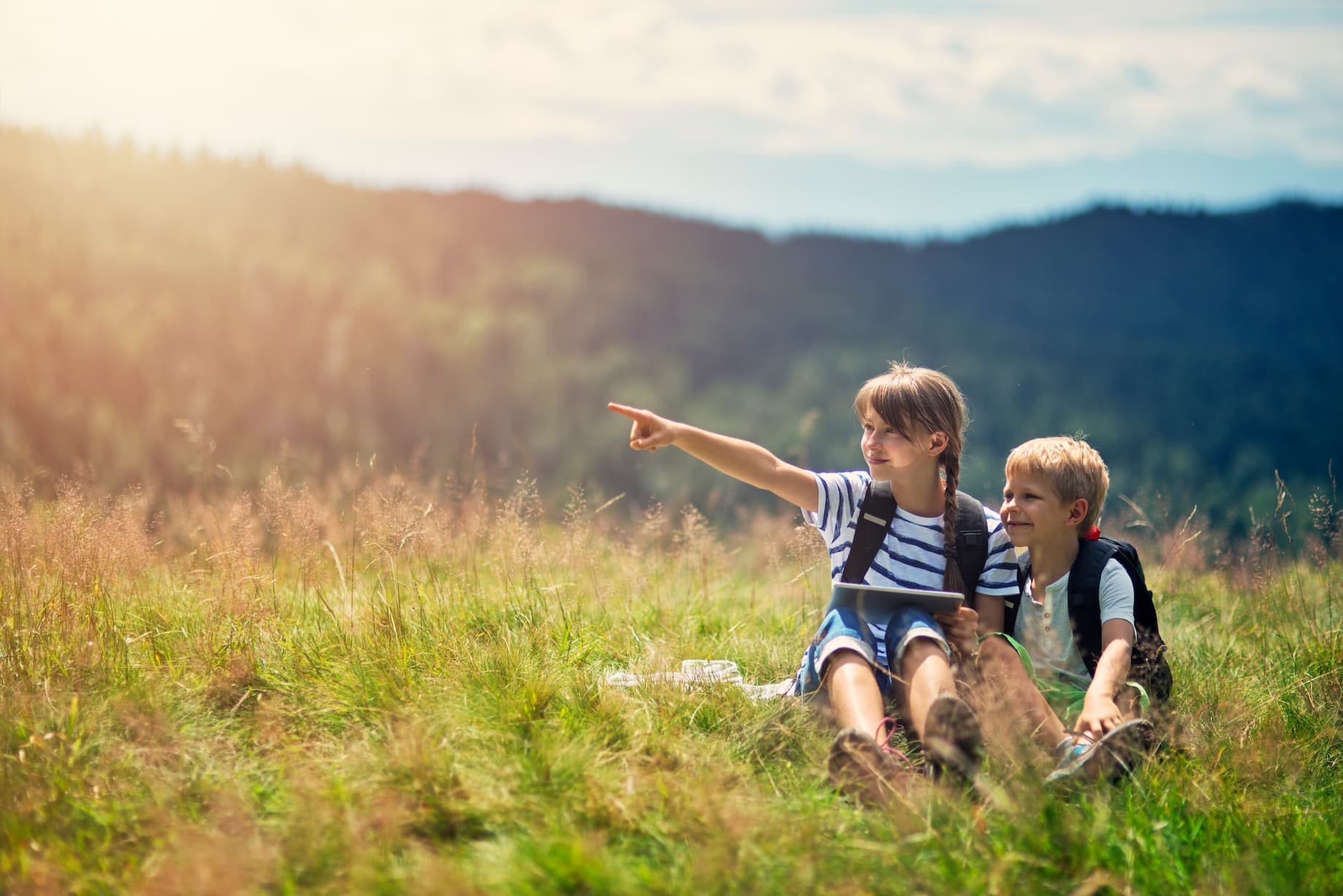What Is the Emergency Broadband Benefit Program?
Your guide to the former internet discount program
Jun 3, 2024 | Share
FAQ
The EBB program concluded on December 31, 2021. If you qualified for the EBB, you probably also qualify for the Affordable Connectivity Program (ACP) that replaced it.
The EBB offered the following discounts for eligible households:
- Up to $50/mo. for broadband internet service
- Up to $75/mo. for broadband internet service on qualifying tribal lands
- A one-time discount of up to $100 toward a laptop, desktop, or tablet
The Emergency Broadband Benefit was limited to one monthly broadband service discount and one device purchase discount per household. The program was a temporary solution to internet access during the pandemic and was replaced by the more permanent ACP, which provides similar benefits.
Affordable Connectivity Program (ACP)
The Affordable Connectivity Program (ACP) is the successor to the EBB program. The ACP provides $30 per month toward a household’s internet bill, though households on Tribal land or high-cost areas might be eligible for enhanced support of up to $75 per month.5
You may qualify for the ACP if at least one person in your household meets the following criteria:
- Qualifies for the Lifeline Program
- Is approved for the National School Lunch Program (NSLP) or School Breakfast Program (SBP)
- Has received a Pell Grant in the current year
- Is currently eligible for certain providers’ low-income programs
- Receives assistance through SNAP or WIC
This program replaces the Emergency Broadband Benefit (EBB) program that was instituted in 2021 to help those dealing with the effects of the COVID-19 pandemic.
The important differences between the two programs is that the monthly benefit has been reduced and some of the qualifications have changed. Families on WIC now qualify for the ACP, while a substantial loss of income in 2020 no longer qualifies a household for the program. The maximum income for qualifying households has also been increased from 135% of Federal Poverty Guidelines to 200%.5
The ACP went into effect on December 31, 2021. There was a 60-day transition period where those who qualified for the EBB program continued to receive those benefits.5
Who qualified for the Emergency Broadband Benefit?
To qualify for the EBB, you must have met at least one of the following criteria:
- Qualify for Lifeline, SNAP, Medicaid, FPHA, SSI, the Veterans and Survivors Pension Benefit, or certain tribal programs
- Have an income at or below 135% of the Federal Poverty Guidelines
- Participate in the National School Lunch Program (NSLP), School Breakfast Program (SBP), or the USDA Community Eligibility Provision during the 2019–2020 school year
- Receive a Federal Pell Grant during the current award year
- Have suffered a substantial loss of income since February 29, 2020, resulting in a total 2020 income below $99,000 for single filers and $198,000 for joint filers
- Be eligible for a participating internet provider’s own existing low-income or COVID-19 program
Which providers participated in the Emergency Broadband Benefit?
The FCC provided a long list of providers participating in the EBB. Participants varied by state and region and may support only fixed internet, mobile internet, or both. Participants may or may not have offered discounts on a new laptop, desktop, or tablet. Check the FCC’s chart to see which carriers participated in your state or region. Here’s a short list of some major providers:
| Internet provider | EBB participant? | Offers discounted devices? | Find a plan |
|---|---|---|---|
| Yes | No | ||
| Boost Mobile | Yes | No | View Plans |
|
| Yes | No | View Plans |
|
| Yes | No | View Plans |
| Yes | No | ||
|
| Yes | Yes | View Plans |
| Cricket Wireless | Yes | No | View Plans |
|
| Yes | No | View Plans |
|
| Yes | No | View Plans |
| No | No | View Plans | |

| Yes | Yes | View Plan |
|
| Yes | No | View Plans |
| Ready Wireless | Yes | No | View Plans |
| Yes | No | ||
| TracFone Wireless | Yes | Yes | View Plans |
| US Cellular | Yes | No | View Plans |
|
| Yes | No | View Plans |
| No | No | View Plans | |
|
| Yes | Yes | View Plans |
Emergency Broadband Benefit news and statistics
Over 1.5 million households enrolled in the EBB during the first 12 days.1 As of June 13, 2021, approximately 2,553,283 households were enrolled in the program, 66,505 of which were tribal.2
Here are several other statistics based on information published on June 14, 2021:
- Over 900 broadband providers are participating in EBB.
- 239,336 households enrolled in the EBB in the week of June 7–13.
- California had the most enrollments, with 250,234 households.
- Wyoming had the least enrollments, with 783 households.
- American Samoa, Guam, the Northern Mariana Islands, Puerto Rico, and the Virgin Islands had 81,474 enrolled households combined.
- The total program funding was $3,136,000,000.
Information regarding the amount already claimed to support these households is currently unknown.
Walmart teams up with AT&T
Walmart announced that it partnered with AT&T to provide select home internet and wireless plans for customers who are eligible for EBB.3 These plans are available through the AT&T PREPAID and Cricket Wireless brands. Customers can find a plan on Walmart.com or visit one of over 2,300 Walmart stores.
AARP urges older adults to enroll
The AARP (American Association of Retired Persons) is pushing a nationwide campaign to encourage older adults to take advantage of the EBB. Top reasons include staying connected with family, online healthcare, and teleworking. AARP senior legislative rep Dawit Kahsai said the EBB will provide a “road map for more long-lasting policies.”4
EarthLink is waiting on FCC approval
EarthLink’s official EBB page states that it is waiting for the FCC to make its final approval before the carrier can offer discounted services through EBB. When EarthLink lands an approval, customers will be notified through email, text messages, and social media and directed to the EBB page. There EarthLink will help customers obtain their National Verification ID and credit towards a qualified plan.
More FAQ about the Emergency Broadband Benefit
How do I get the Emergency Broadband Benefit
The Emergency Broadband Benefit program has ended, but you can get similar benefits through the Affordable Connectivity Program (ACP) that replaced it. The ACP provides similar benefits and has similar requirements, so if you qualified for the EBB, you probably also qualify for the ACP.
How did the EBB work?
The EBB was managed by the USAC. It leverages existing infrastructure from the Lifeline program to check eligibility and communicate with internet service providers.
Once you signed up, you chose a participating provider in your area and paid your discounted rate to that provider each month.
Do I have to switch plans to get the benefit?
You might have to switch plans to get the EBB if your current plan doesn’t qualify. Based on the information provided by the FCC, you will need to select a qualified plan to receive the discount. The FCC’s own FAQ states that “the ultimate cost to you will depend on the eligible plan you select from a participating provider.”
This answer indicates that internet providers may or may not apply the discount to your current internet plan. While AT&T clearly lists qualified plans, other providers aren’t quite so transparent. Existing Spectrum customers, for example, must complete an online application form to see if their plan even qualifies. For Verizon Fios, customers must have an existing Mix & Match TV and internet plan or switch to one.
You should take a cautious approach when considering a provider’s EBB plan. It may eventually cost more than your previous plan once the EBB program ends.
Keep in mind that if you’re currently subscribing to a plan your provider no longer offers, the EBB may not apply to that specific legacy plan, requiring you to switch. That may be another reason why the eventual post-EBB cost could be higher than what you’re currently paying.
Will I receive the EBB funds to help pay for my service?
No, the EBB will pay participating broadband internet providers directly. Additionally, if your service costs less than that discount allowance, you will not receive the remaining monthly funds. For instance, if your service is $40 but you receive a $50 discount, you do not pocket the extra $10.
If your monthly bill exceeds the EBB discount, you are responsible for paying the remainder.
Does the EBB discount apply to a bundle?
Yes, the EBB discount applies to a bundle as long as it includes broadband internet. The discount is applied specifically to your internet service, and you are responsible for paying the remaining monthly balance.
Can I get a discount if I pay my landlord for internet?
Yes, you can get a discount if you pay your landlord for internet as long as your household qualifies. The FCC states that you should request that your landlord work with the broadband service provider, as other tenants may also qualify.
How long will EBB benefits last?
The EBB ended on December 31, 2021.
Do I automatically get an additional discount if I receive Lifeline benefits?
No. You already qualify for the EBB so you don’t need to apply, but you must contact your current provider and opt in. If you already receive Lifeline benefits, you can also choose a different provider offering an eligible service plan.
What qualifies as a household?
A household is a group of people who live together and share money.
For example, a family is a household. A single mom with two kids is a household. Three roommates renting an apartment are three households if they don’t share money. An adult who lives with friends that support him is part of that household.
Sources
1. Federal Communication Commission, “Emergency Broadband Benefit Program Enrolls Over One Million Households,” May 20, 2021. Accessed June 16, 2021.
2. Universal Service Administrative Company, “Emergency Broadband Benefit Program Enrollments and Claims,” June 14, 2021. Accessed June 16, 2021.
3. Walmart, “Walmart, AT&T Team Up Through Emergency Broadband Benefit Program to Help More People Access the Internet,” May 26, 2021. Accessed June 16, 2021.
4. AARP, “How to Get Government-Backed Discounts for High-Speed Internet,” June 16, 2021. Accessed June 16, 2021.
5. Federal Communication Commission, “Wireline Competition Bureau Seeks Comment on the Implementation of the Affordable Connectivity Program,” November 18, 2021. Accessed November 30, 2021.
Author -
Peter Christiansen writes about telecom policy, communications infrastructure, satellite internet, and rural connectivity for HighSpeedInternet.com. Peter holds a PhD in communication from the University of Utah and has been working in tech for over 15 years as a computer programmer, game developer, filmmaker, and writer. His writing has been praised by outlets like Wired, Digital Humanities Now, and the New Statesman.
Editor - Rebecca Lee Armstrong
Rebecca Lee Armstrong has more than six years of experience writing about tech and the internet, with a specialty in hands-on testing. She started writing tech product and service reviews while finishing her BFA in creative writing at the University of Evansville and has found her niche writing about home networking, routers, and internet access at HighSpeedInternet.com. Her work has also been featured on Top Ten Reviews, MacSources, Windows Central, Android Central, Best Company, TechnoFAQ, and iMore.




